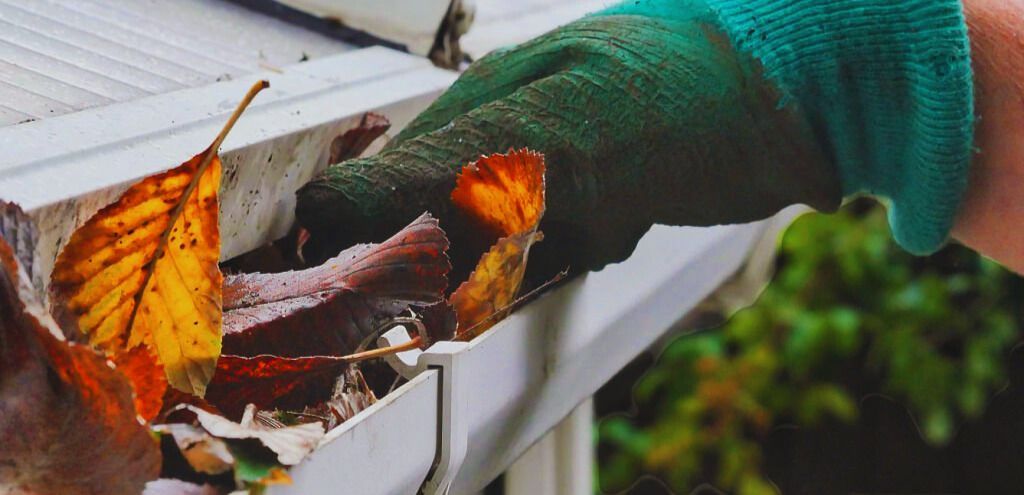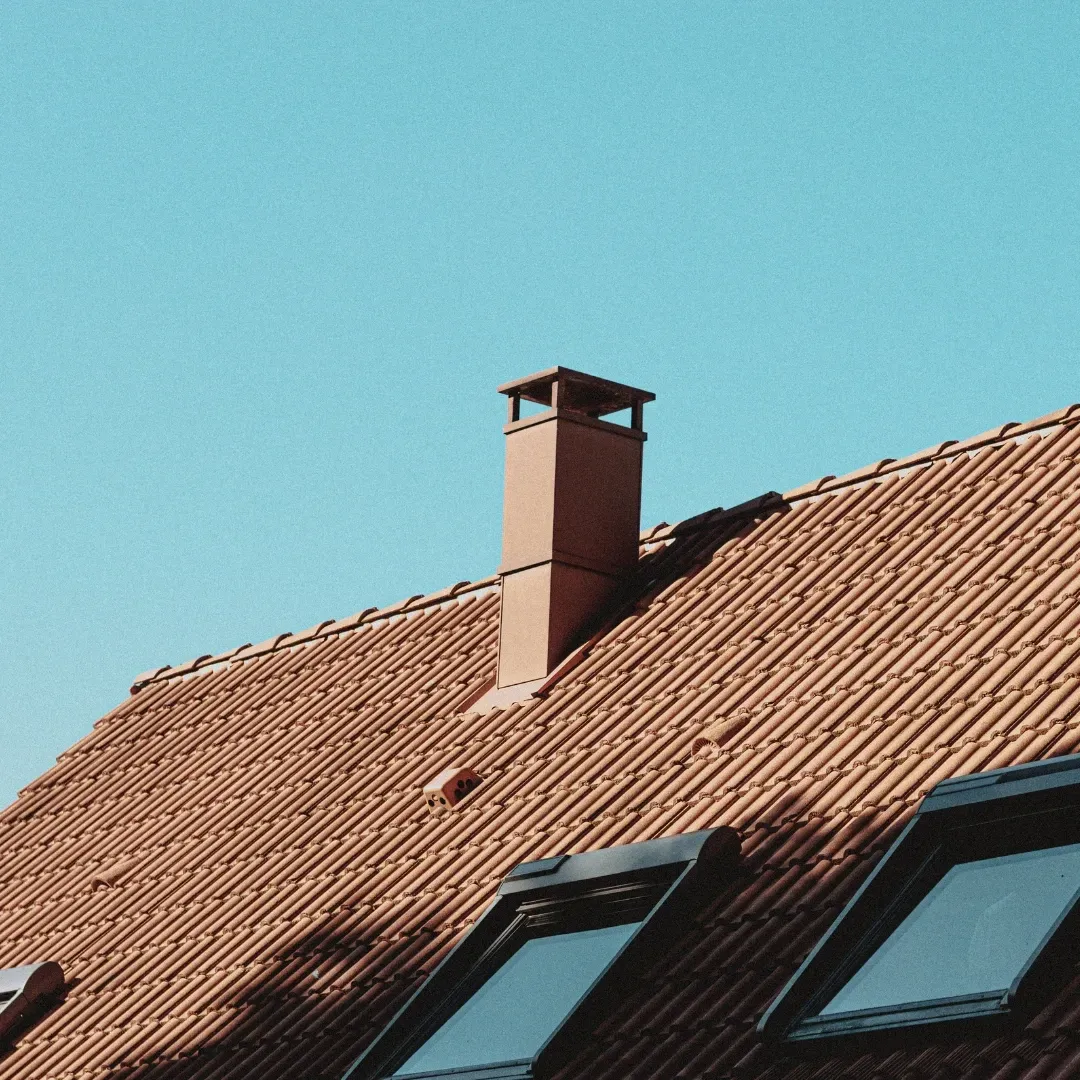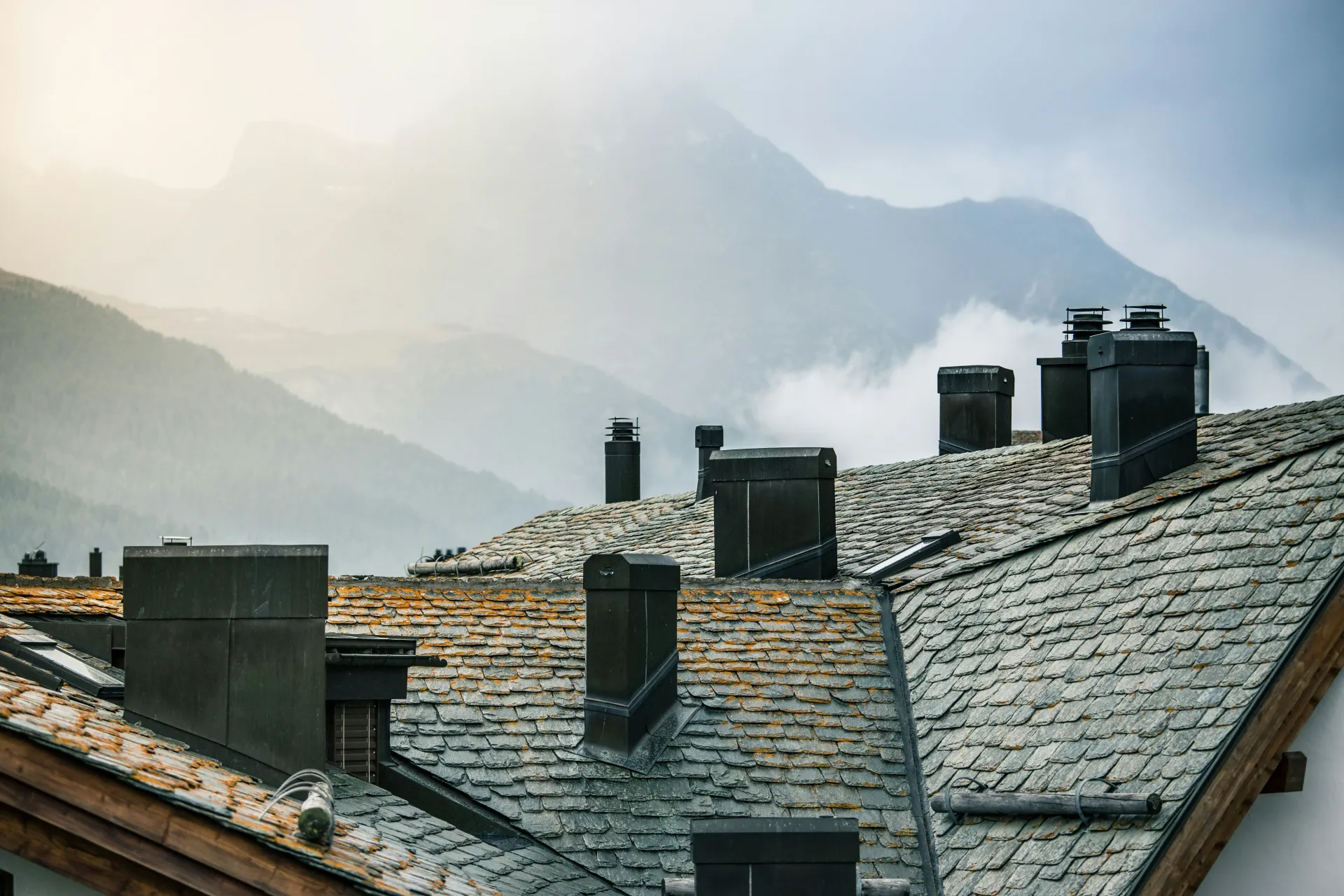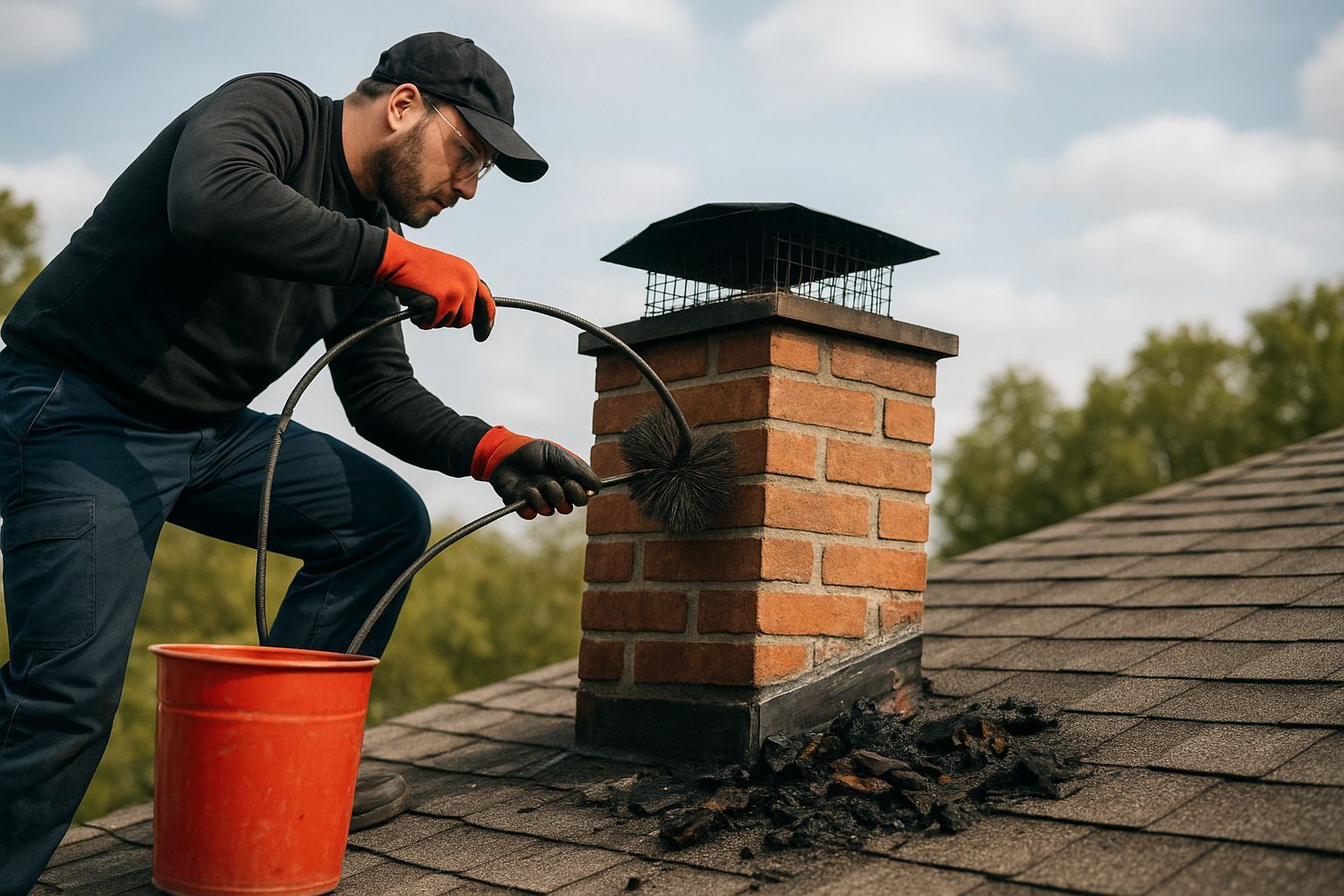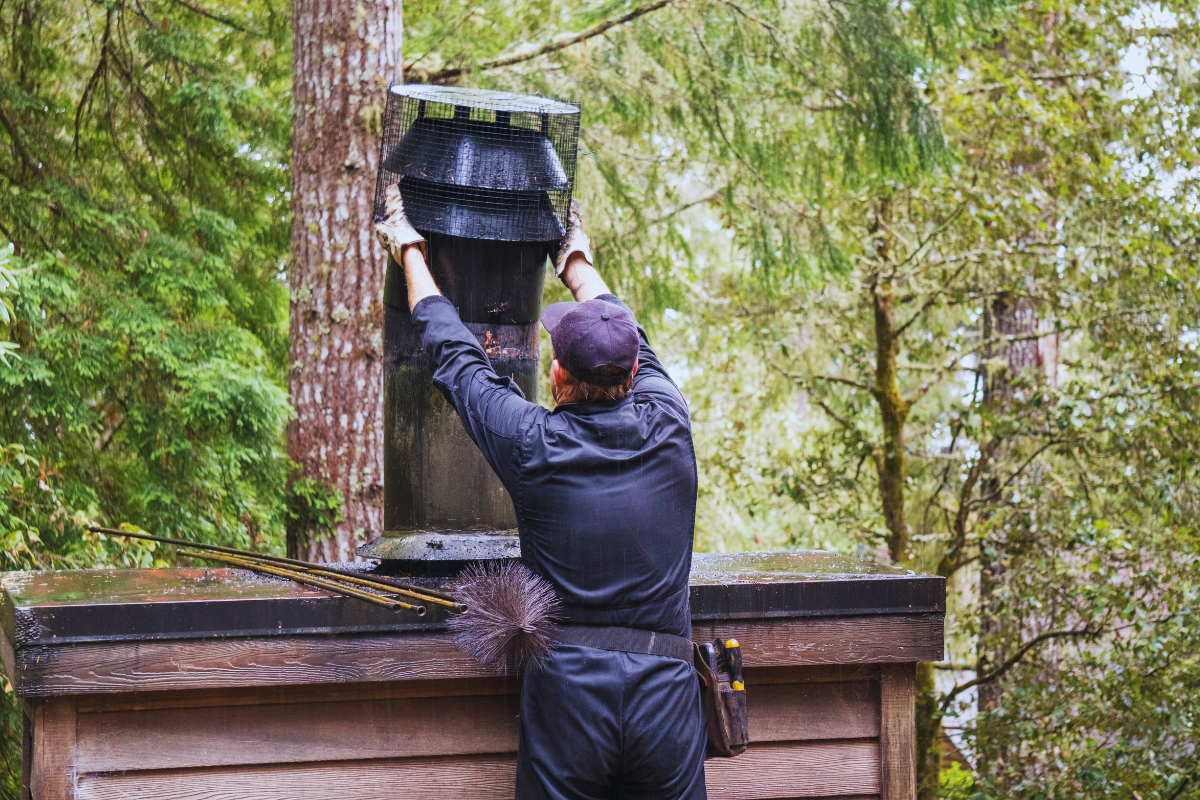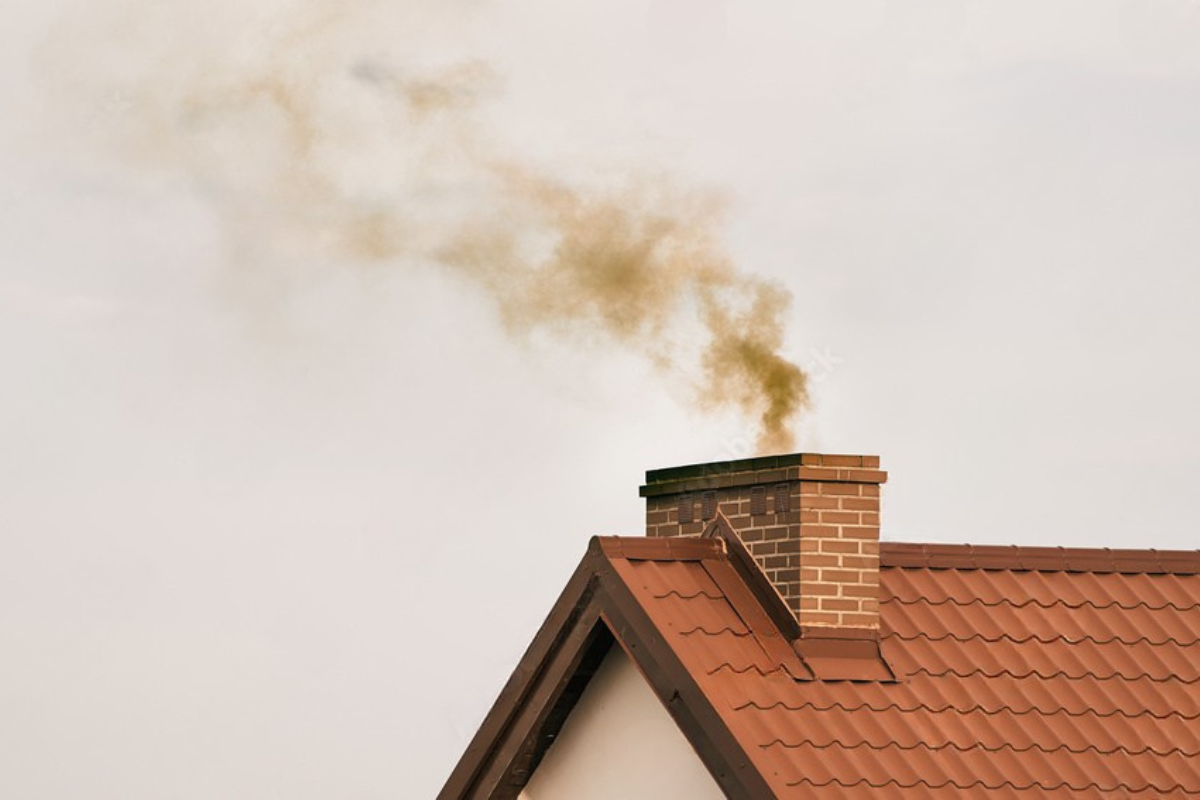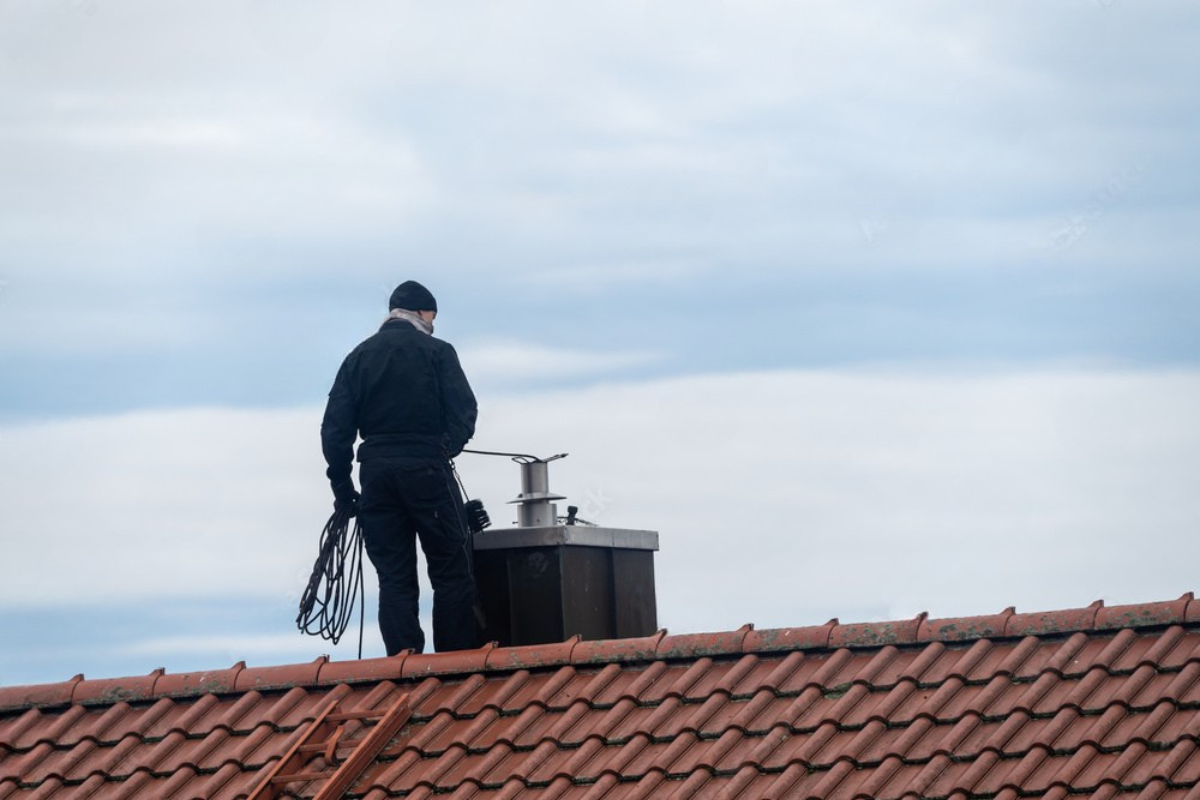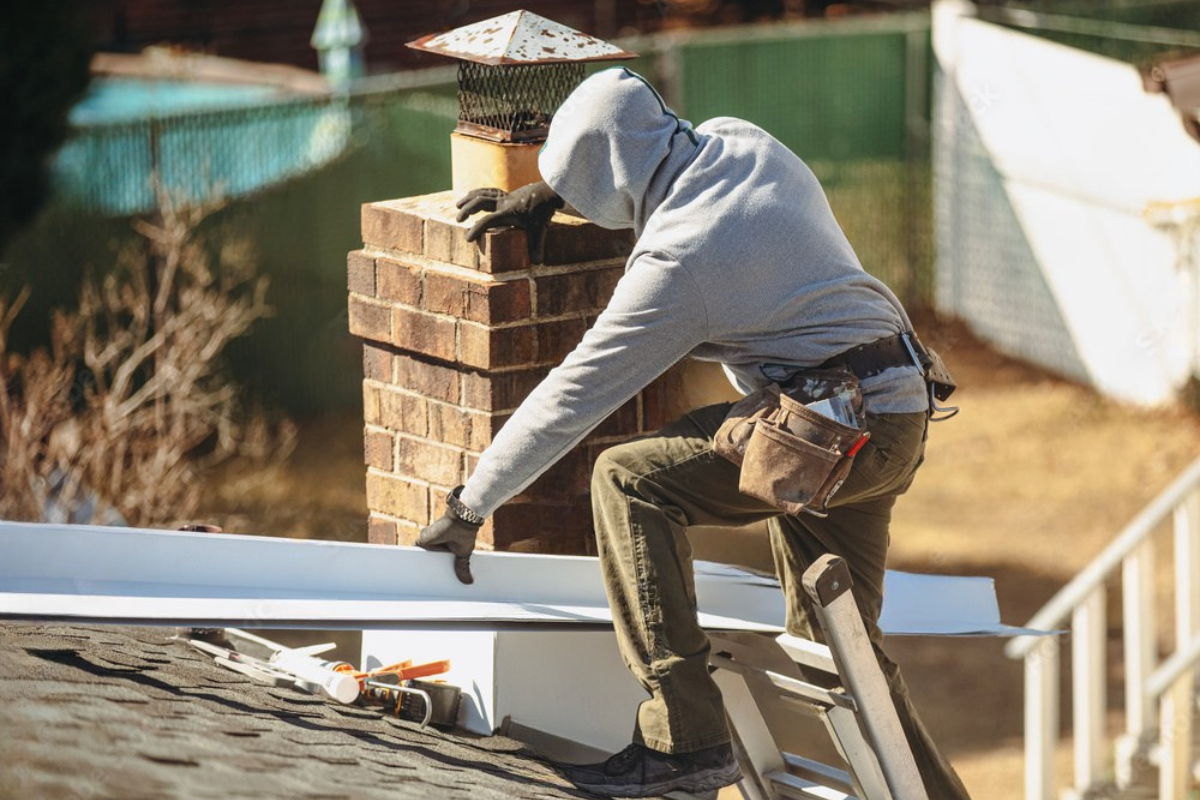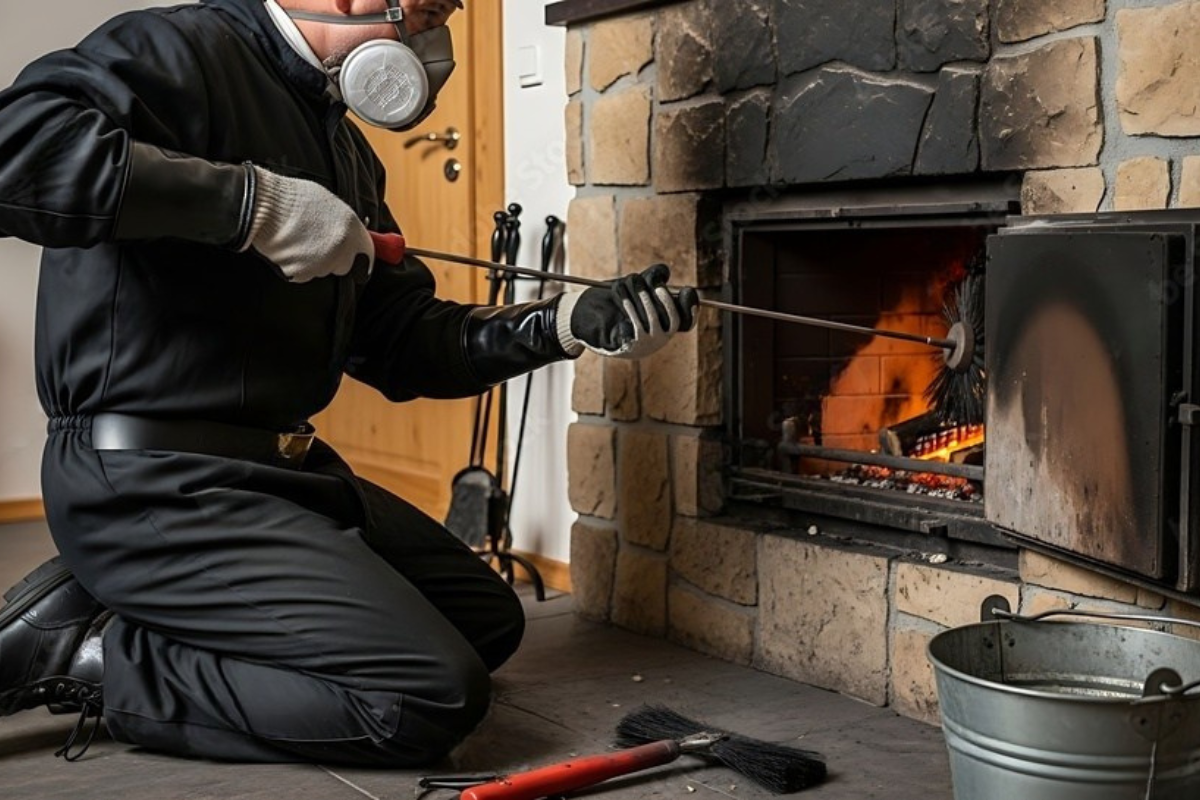How Do You Know When You Need a Chimney Liner?
As a seasoned chimney professional serving Maine and New Hampshire, I've seen my fair share of chimney issues. One question that often comes up is, "How do you know when you need a chimney liner?" It's a crucial aspect of chimney services that homeowners shouldn't overlook. In this comprehensive guide, I'll walk you through everything you need to know about chimney liners, from understanding what they are to recognizing the signs that you might need one.
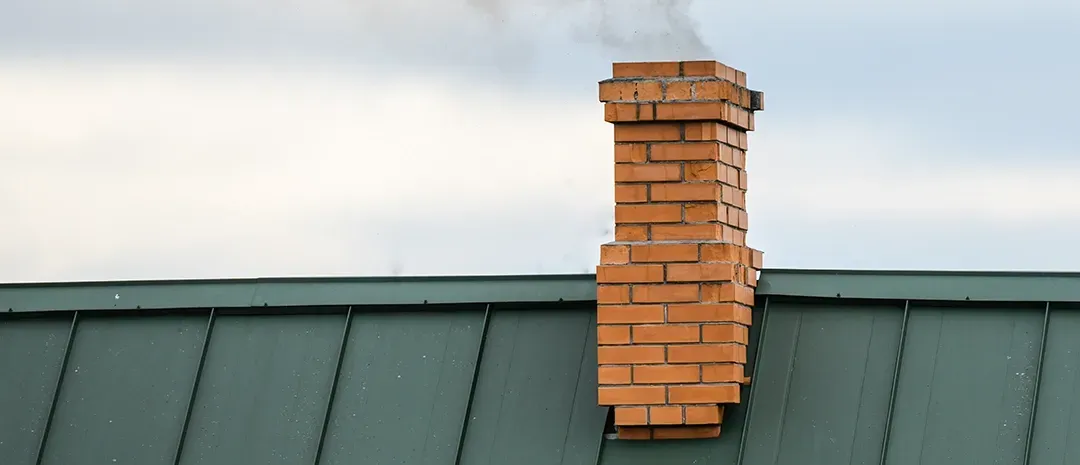
Understanding Chimney Liners
Before we dive into the signs that indicate you need a chimney liner, let's start with the basics.
What is a Chimney Liner?
A chimney liner is a protective layer installed inside your chimney. It's typically made of metal, clay, or ceramic and serves as a barrier between the flue gases and the chimney walls. Think of it as a protective shield for your chimney.
Types of Chimney Liners
There are three main types of chimney liners:
- Clay Tile Liners: These are traditional and commonly found in older homes.
- Metal Liners: Usually made of stainless steel or aluminum, these are versatile and durable.
- Cast-in-Place Liners: These are cement-like liners that are poured directly into the chimney.
Each type has its pros and cons, and the best choice depends on your specific situation.
Signs You Need a Chimney Liner
Now, let's get to the heart of the matter. How do you know when it's time to install or replace a chimney liner? Here are the key signs to watch out for:
Visible Damage to Your Existing Liner
If you can see cracks, gaps, or deterioration in your current liner, it's a clear sign that you need a replacement. During my chimney inspections, I often use a camera to get a close-up view of the liner's condition.
Creosote Buildup
Excessive creosote buildup can be a sign that your chimney isn't venting properly, which could be due to a damaged or absent liner. Creosote is highly flammable and poses a significant fire risk.
Condensation Issues
If you notice moisture or white staining inside your fireplace, it could indicate that your chimney liner isn't doing its job of protecting against water infiltration.
Inefficient Heating
A poorly functioning chimney liner can lead to decreased heating efficiency. If you've noticed that your fireplace isn't heating your home as well as it used to, the liner could be the culprit.
Why Chimney Liners Are Important
Understanding the importance of chimney liners can help you appreciate why they're worth the investment.
Safety Benefits
The primary function of a chimney liner is to contain the heat and combustion products, directing them safely out of your home. A proper liner significantly reduces the risk of house fires and carbon monoxide poisoning.
Improved Efficiency
A well-installed liner can improve the efficiency of your heating appliance. It ensures proper draft and helps maintain optimal temperatures for combustion.
Legal Requirements
In many areas, including parts of Maine and New Hampshire, chimney liners are required by building codes. When I work on chimney services projects, I always ensure we're compliant with local regulations.
When to Install a Chimney Liner
Timing is crucial when it comes to chimney liners. Here are some situations where you should consider installing a new liner:
New Construction
If you're building a new home with a fireplace or wood stove, installing a chimney liner from the start is essential.
Changing Heating Appliances
If you're switching from oil to gas, or installing a new wood stove, you'll likely need to update your chimney liner to match the new appliance's requirements.
After a Chimney Fire
Even a small chimney fire can damage your existing liner. If you've experienced a chimney fire, a new liner is often necessary to ensure future safety.
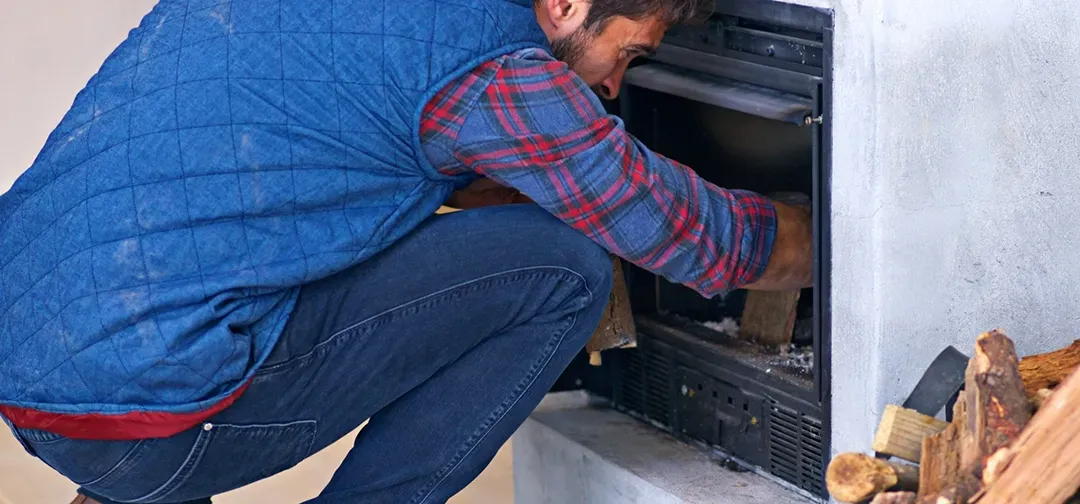
How to Choose the Right Chimney Liner
Selecting the right chimney liner is crucial for safety and efficiency. Here's what to consider:
Material Considerations
- Stainless Steel: Durable and suitable for all fuel types
- Aluminum: Good for certain gas appliances
- Clay: Traditional option, but can be prone to cracking
Size and Shape
The liner must be correctly sized to match your heating appliance and chimney dimensions. An incorrectly sized liner can lead to draft problems and increased creosote buildup.
Professional Assessment
This is where professional chimney services come in handy. At Select Chimney Services, we conduct thorough assessments to determine the right liner for your specific needs.
The Installation Process
Installing a chimney liner is a complex process that should be left to professionals. Here's a brief overview of what you can expect:
- Inspection of the existing chimney
- Cleaning the chimney
- Measuring for the new liner
- Inserting the liner (often from the roof)
- Securing the liner at the top and bottom
- Insulating around the liner (if necessary)
- Final inspection and testing
Maintaining Your Chimney Liner
Once you have a chimney liner installed, proper maintenance is key to its longevity. I recommend annual inspections and cleanings to keep your chimney system in top shape. Regular maintenance can prevent many common chimney issues and extend the life of your liner.
Conclusion
Knowing when you need a chimney liner is crucial for the safety and efficiency of your home heating system. From visible damage to changes in heating efficiency, several signs indicate it's time for a new liner. Remember, a properly installed and maintained chimney liner not only enhances safety but also improves the overall performance of your fireplace or wood stove.
As a homeowner in Maine or New Hampshire, it's important to be proactive about your chimney's health. If you're unsure about the state of your chimney liner or have any concerns, don't hesitate to reach out to a professional. At Select Chimney Services, we're always here to help with expert advice and top-notch chimney services.
Key Takeaways
- Chimney liners are essential for safety and efficiency
- Signs you need a new liner include visible damage, creosote buildup, and inefficient heating
- Professional assessment is crucial for choosing the right liner
- Regular maintenance can extend the life of your chimney liner
FAQ
- How often should I have my chimney liner inspected? I recommend annual inspections to ensure your chimney liner is in good condition.
- Can I install a chimney liner myself? While DIY installation is possible, I strongly advise against it. Professional installation ensures safety and compliance with local codes.
- How long does a chimney liner typically last? With proper maintenance, a quality stainless steel liner can last 15-20 years or more.
- Is a chimney liner necessary for a gas fireplace? Yes, gas fireplaces still produce combustion gases that need to be safely vented.
- What's the average cost of installing a chimney liner? Costs can vary widely depending on the type of liner and the complexity of the installation. It's best to contact us for a personalized quote.
Remember, when it comes to chimney safety, it's always better to be proactive. If you have any doubts about your chimney liner, don't hesitate to reach out to a professional. We at Select Chimney Services are always here to help keep your home safe and warm.
